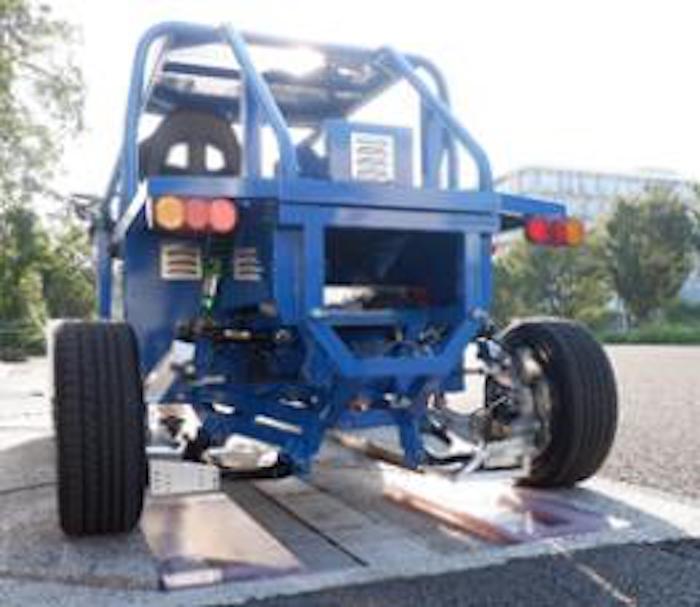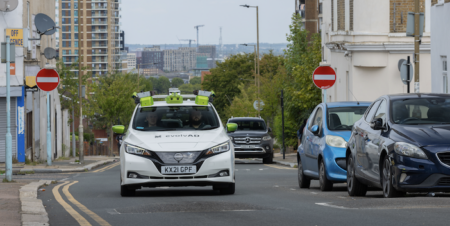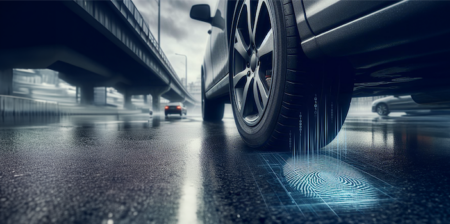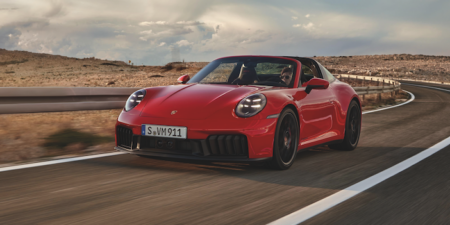NSK has developed the third generation of its wireless in-wheel motor (W-IWM), a design which comprises a motor, inverter and wireless charging unit. The motor, designed for the electric vehicle (EV) market, is claimed to be capable of charging from coils embedded in the road, while in motion. The development of the unit was conducted jointly by a research group comprising NSK, the Fujimoto Laboratory at the University of Tokyo´s Graduate School of Frontier Sciences, Bridgestone Corporation, ROHM and Toyo Electric Mfg.
The design is intended to answer concerns regarding the convenience of stationary EV charging setups and the amount of resources required to produce large amounts of battery cells. NSK views efficient running with a minimal amount of battery cells as being key to the sustainable spread of EVs, with wireless charging while in motion being devised as a solution for EVs with small batteries.
The third-generation W-IWM is claimed to offer “vastly improved” in-motion charging capability, motor performance and ease of mounting compared with the previous designs, bringing together the features required for practical application. A key feature is that the W-IWM’s in-motion wireless power receiver circuit, as well as the EV driving mechanism (motor and inverter), fit entirely inside the wheel.
In terms of motor performance, compared with the second-generation W-IWM for light vehicles announced in 2017 (12kW per wheel), the third-generation W-IWM has been created for use in larger passenger cars (25kW per wheel). Furthermore, while the second-generation W-IWM had an in-motion charging capacity of 10kW per wheel, the third-generation unit offers 20kW.

The relevance of these improvements are linked to the future emergence of smart cities, where the installation of in-motion wireless charging systems in the road surface (even if only at traffic signals) would see EV drivers travel without having to worry about charging, dramatically increasing convenience. Based on this thinking, NSK is looking into the potential for in-motion charging infrastructure by analysing public road traffic data and conducting simulations.
In order to take advantage of open innovation and accelerate the practical implementation of the in-motion wireless charging system, the joint research group has agreed to leave open the basic patents associated with this project.
While the research group is currently in the process of testing and evaluating the third-generation W-IWM, it is also pushing towards prototyping the subsequent generation unit, which will incorporate more new ideas. The group will integrate not only the expertise of current project members, but also a wide range of knowledge from various fields held by other organisations and companies. The aim is to enter the verification phase for the real-world testing of an in-motion wireless charging system by 2025.





